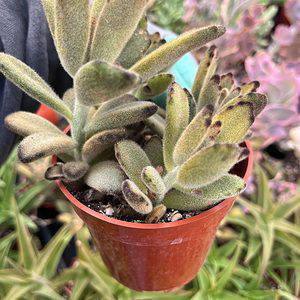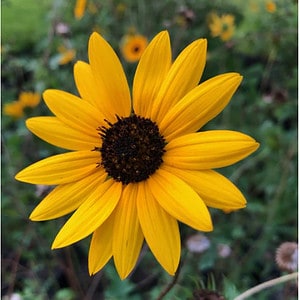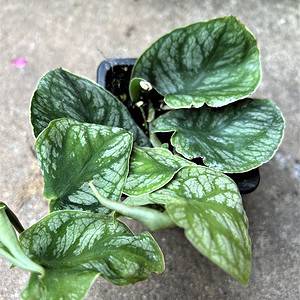No products in the cart.
Table of Contents
Welcome to our bonsai tree series. Today, we will look more in detail at Bon-sai and its meaning. The truth is that many use the word bonsai as banzai or Bonzai.
The term originates from Japan, meaning “planted in a container.” The art form, however, came from the ancient Chinese horticultural practice and was redeveloped under Japanese Zen Buddhism. This art form is already thousands of years old.
The ultimate goal is to create miniature trees that are a realistic representation of the trees’ form in nature. So, bonsai trees are not just dwarfed potted trees but can be any species you can use to grow.
About Bonsai Trees
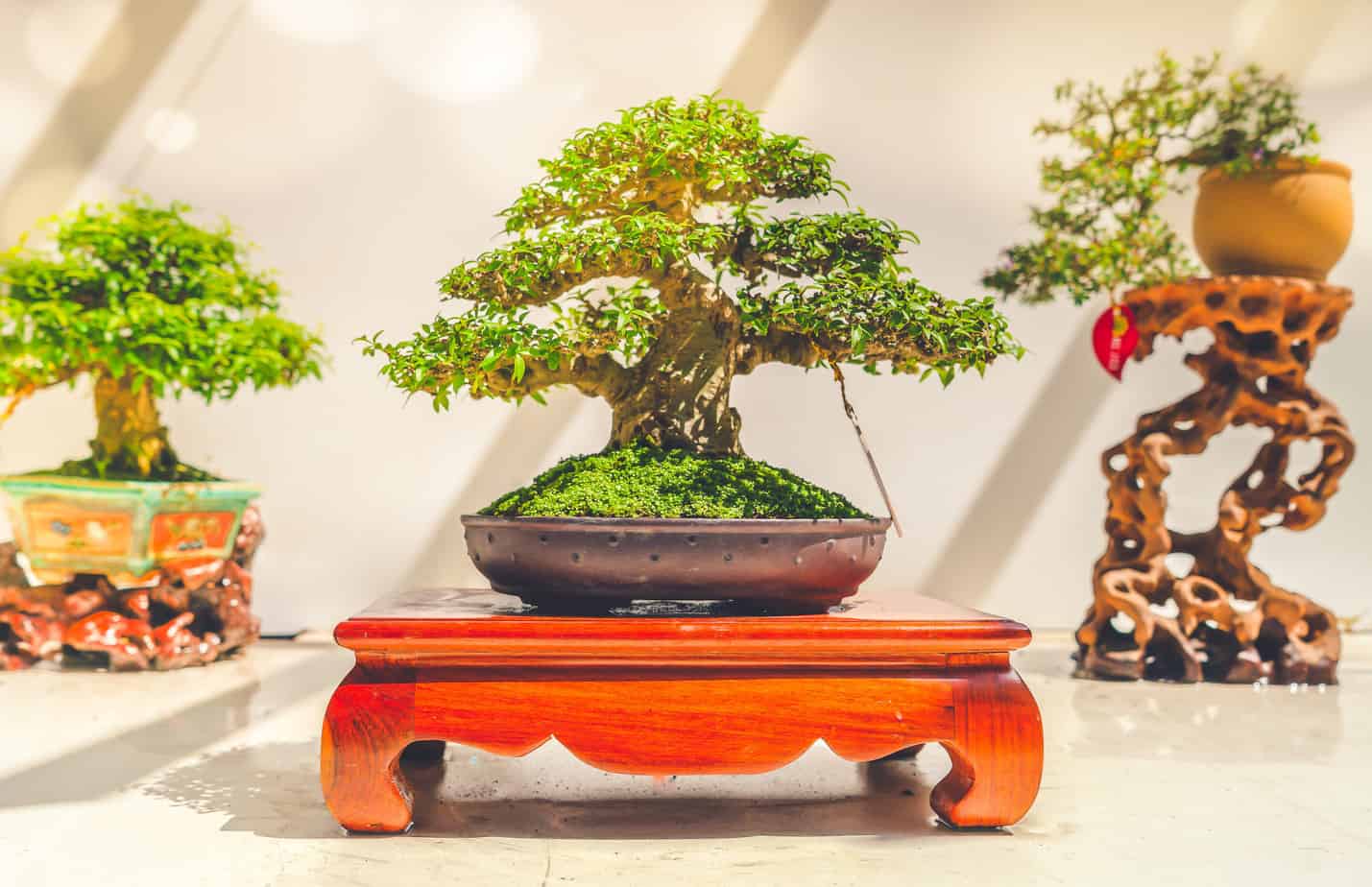
Techniques such as pinching buds, pruning trees, and wiring limbs limit yet redirect the growth of a tree. The bonsai art form is all of these to keep a tree under four feet tall.
Bonsai plants are not only limited to dwarf trees. Yet, finding a bonsai plant with smaller leaves is ideal to make the design more accessible. The fact is that any plant with trunks growing or woody stems can grow into a bonsai tree.
Walk in your garden and look at the hedges, trees, bushes, or thickets; each can become a starter material. When carefully collected during the suitable growing or dormant season, you have already begun your composition to create a bonsai tree using outdoor plants.
The History of Miniature Trees
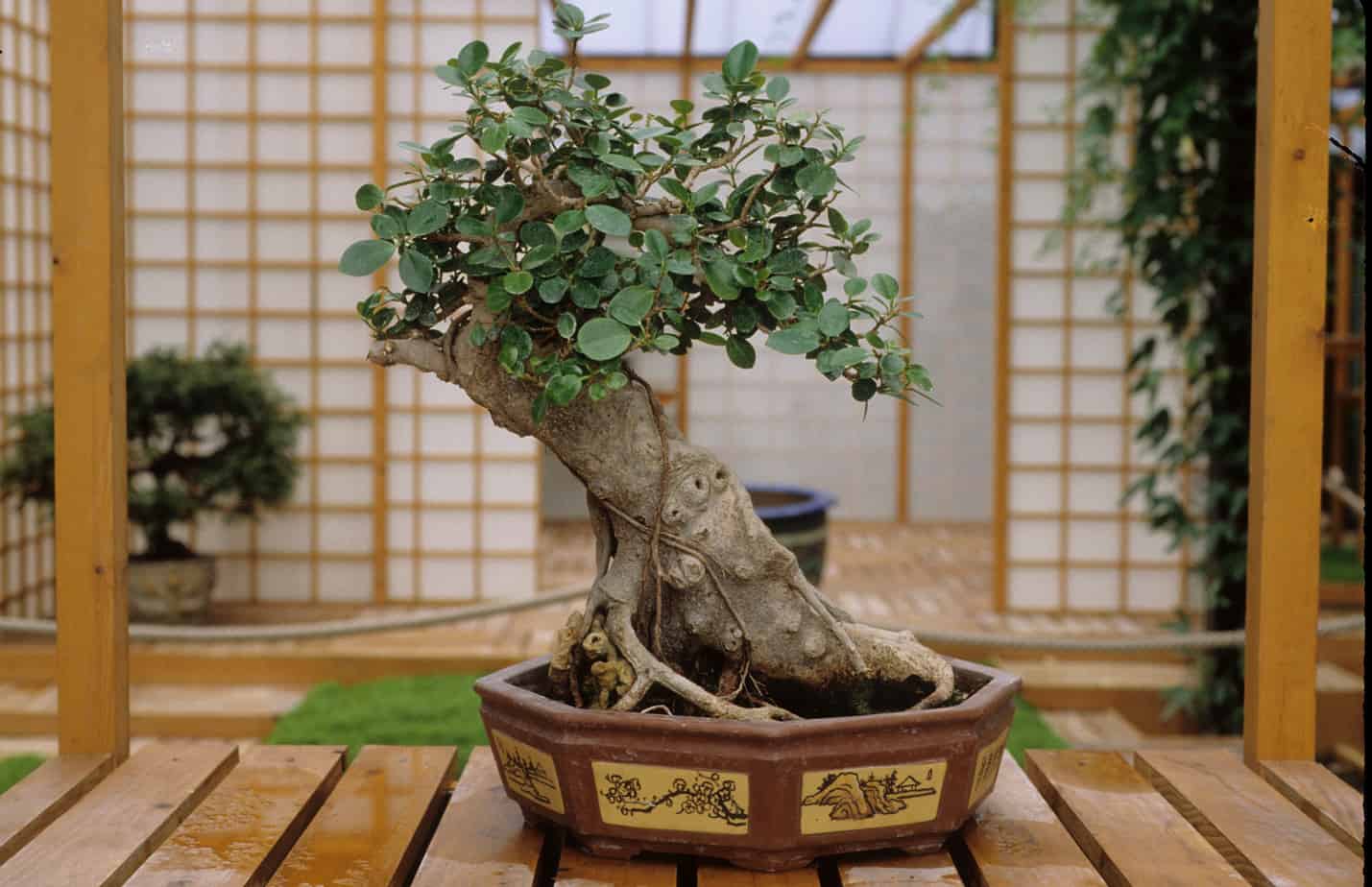
Bonsai is a captivating form of art that originated in East Asia, particularly in China and Japan, known as the Bonsai Empire.
Bonsai’s history can be traced back to ancient China, where it was initially called “penjing.” The Chinese were skilled in creating miniature landscapes and trees in pots, with early records dating back over a thousand years.
Chinese scholars and artists would often cultivate miniature trees and landscapes as a form of artistic expression and a way to bring nature indoors. Bonsai was introduced to Japan around the 6th century and gradually evolved into a distinct art form.
Japanese monks and scholars were particularly influential in shaping the art in Japan. The Japanese term “bonsai” is derived from two Japanese words: “bon,” meaning tray, and “sai” meaning planting. It reflects the practice of planting trees in small pots.
During the Kamakura period (1185-1333), Bonsai began to gain popularity among the Japanese aristocracy and samurai class. It was seen as a symbol of prestige and aesthetic appreciation. Over the centuries, Japanese bonsai artists developed various styles in the art.
Each style has specific rules and aesthetics. The Japanese art of Bonsai was further refined during the Edo period (1603-1868) when it became more accessible to the general public. After World War II, Bonsai became popular worldwide due to Japan’s increased international engagement.
American service members stationed in Japan brought Bonsai back to North America, contributing to its spread. Bonsai clubs and societies began forming in the United States and Canada, further promoting the skill.
Today, Bonsai has evolved into a global hobby—artists from around the world practice bonsai, each with unique styles and interpretations. Bonsai enthusiasts use various plants, not limited to traditional choices like pine and maple. Tropical and subtropical species are also popular.
The skill of Bonsai continues to evolve, with contemporary artists experimenting with new techniques and materials while respecting traditional principles. Bonsai is about cultivating small trees and expressing harmony, balance, and a connection with nature.
It’s a beautiful craft with a rich history and a promising future in North America and beyond, and you need not have gardening skills.
-
$9.99Sold By: Cacti and Exotica
In stock
Kalanchoe tomentosa—Chocolate Soldier
Rated 4.98 out of 5 based on 59 customer ratings00Sold By: Cacti and Exotica -
$49.95Sold By: Wonka Plants
In stock
Colocasia “Pharoah’s Mask”
Rated 4.94 out of 5 based on 108 customer ratings00Sold By: Wonka Plants -
$20.24 – $47.96Sold By: Carlo's Plant Farm
In stock
Dune Sunflower
Rated 5.00 out of 5 based on 22 customer ratings00Sold By: Carlo's Plant Farm -
Free Shipping$249.59Sold By: BONSAI WORLD LLC
Only 1 left in stock
Chinese Flowering White Serissa Bonsai Tree of a Thousand Stars
Sold By: BONSAI WORLD LLC
The Different Styles of Bonsai Potted Trees

You can find up to 15 bonsai growing styles you can use. You can group them further into five categories, as seen here, using different species. Furthermore, each one uses important techniques to achieve the appearance.
Chokkan Style
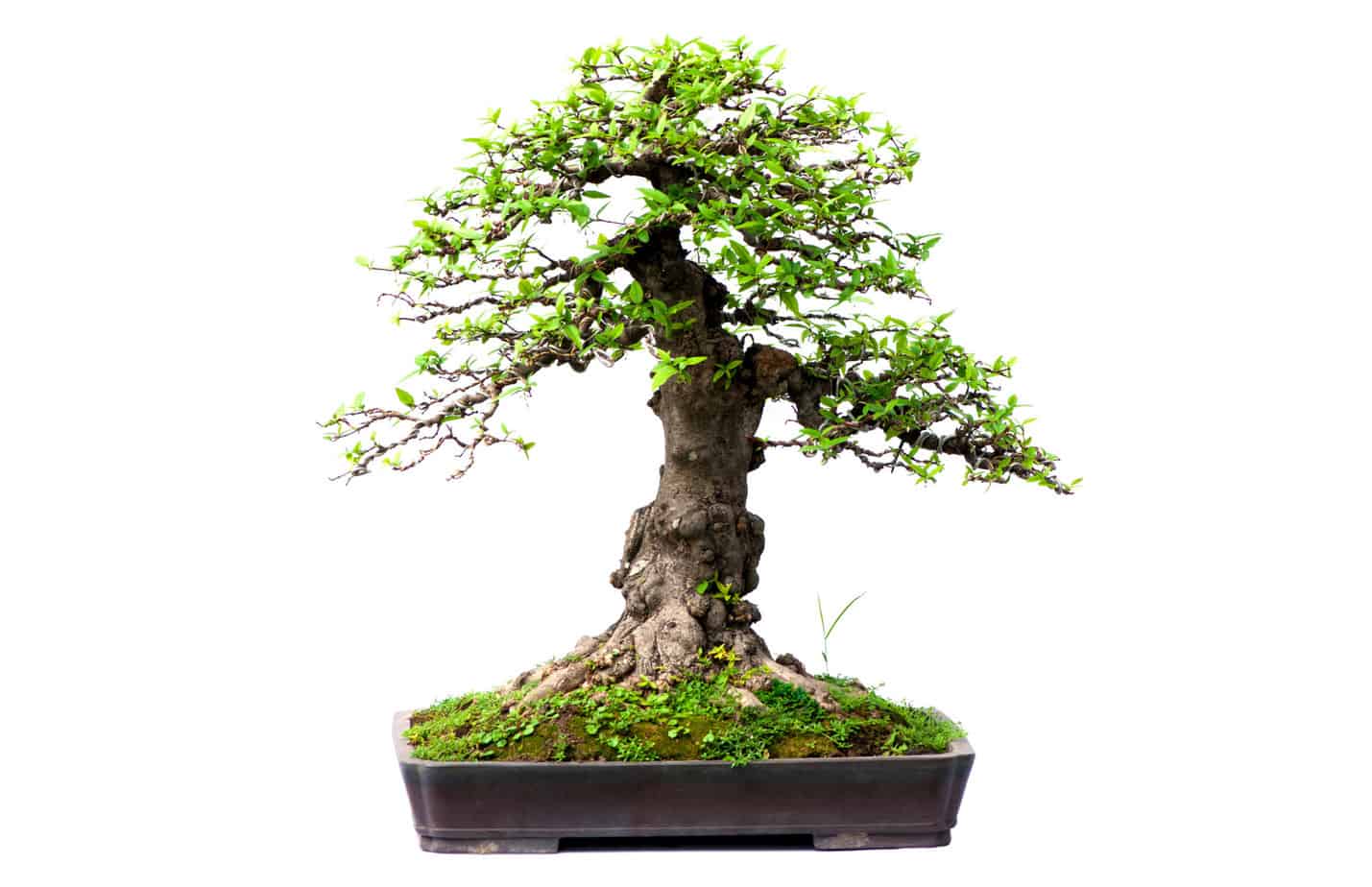
The Chokkan bonsai style, also known as the “formal upright” style in English, is fundamental and traditional. It is characterized by a straight, upright trunk that conveys a sense of strength, stability, and formal elegance.
Many trees can be styled as Chokkan bonsai, including conifers like pines and junipers and deciduous trees like maples, elms, and beeches.
Steps to Create The Upright Form
Choose a young plant with a straight, well-formed trunk and healthy root system. The tree’s shape should naturally lend itself to an upright style.
Prune away unwanted stems and growth, especially those that disrupt the straight trunk line. Next, wiring branches needs to be done in a tiered fashion.
Regularly trim and shape the limbs to maintain the desired structure. Keep an eye on the apex’s position and overall symmetry.
Over time, refine and train the Bonsai to achieve the ideal Chokkan style, paying attention to trunk straightness and branch arrangement.
Moyogi Style
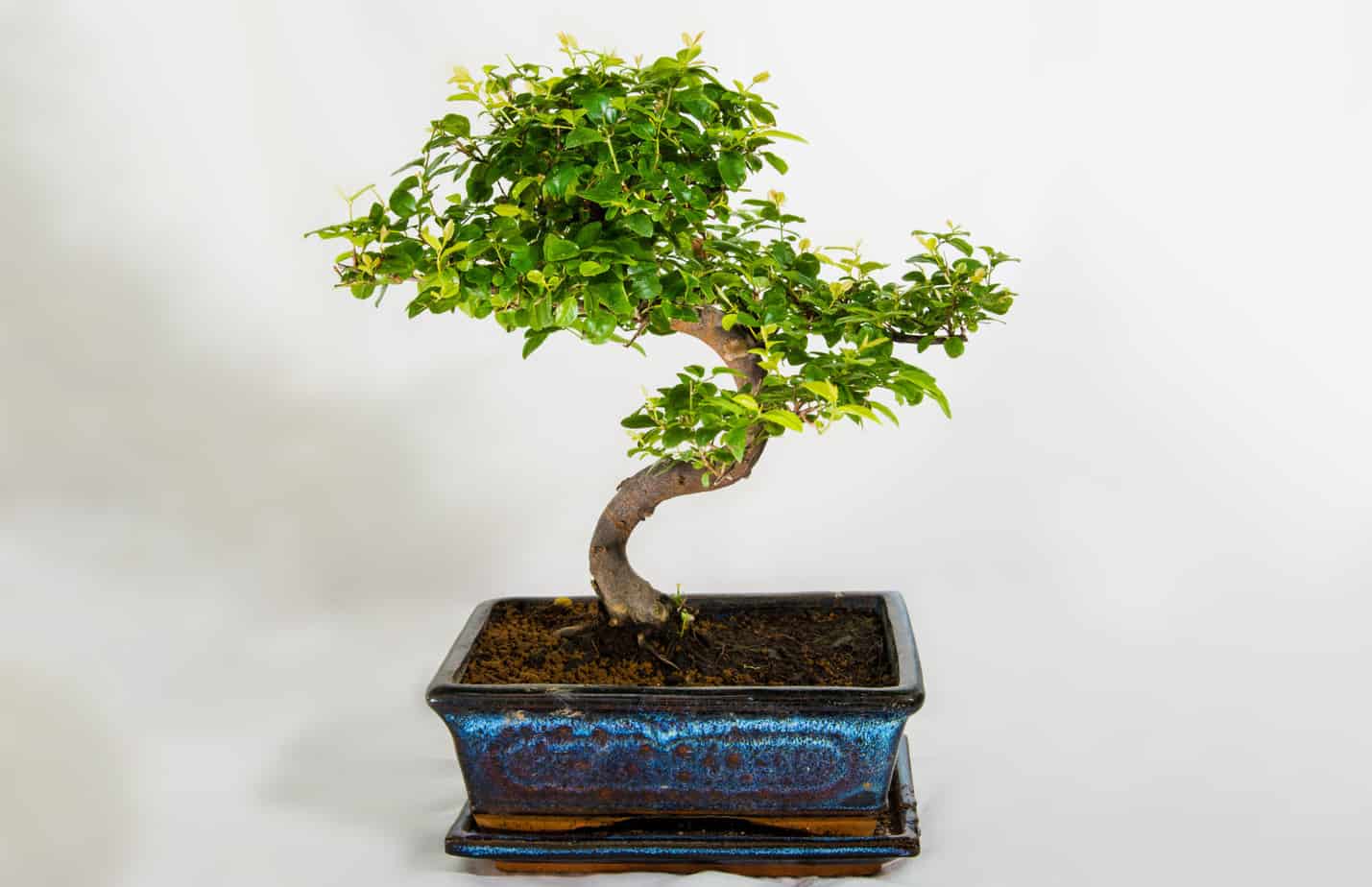
The bonsai style, often called the “informal upright” style, is one of the most popular and versatile. This style seeks to emulate the appearance of a tree grown outdoors with a more relaxed and asymmetrical form.
Virtually any tree can be styled as Bonsai, but deciduous trees and some broadleaf evergreens are commonly chosen. Trees like maples, elms, and azaleas are often used due to their adaptability to this style.
How to Create The Style:
Start with a young plant with a well-shaped trunk, good nebari (root flare), and potential for interesting curves and twists.
Prune away any limbs or growth that don’t contribute to the naturalistic form you’re aiming for. Use wiring to gently shape the stems and trunk to create flowing, organic lines.
Pay attention to the natural growth patterns of the tree you’re working with. Allow the branches to flow in the most natural direction, avoiding excessive symmetry.
Regularly trim and shape the Bonsai to maintain its informal, upright appearance. Keep an eye on the overall balance and proportions.
Kengai

The Kengai style, also known as the “cascade” style, is a dramatic and captivating bonsai style that mimics the appearance of a tree growing on a steep slope or cliff. This style is characterized by a cascading trunk and limbs that flow downward, creating a striking visual effect.
Many trees can be styled as Kengai, but those with flexible stems and a natural tendency to cascade are often preferred. Some suitable trees include pines, junipers, and deciduous trees like maples and willows.
How to Create a Kengai:
Choose a young plant with a robust, flexible trunk and limbs conducive to cascading. The tree’s natural growth pattern should suggest a cascading form.
Prune away any unwanted limbs or growth. Use wiring to gently shape the trunk and branches, creating the cascading effect. Wiring should be done carefully to avoid damage to the tree.
Pay close attention to the curve and flow of the trunk and branches. If desired, the branches should be arranged harmoniously and balanced, with secondary cascades.
Regularly trim and shape the stems to maintain the cascading form. Keep an eye on the apex’s position and overall balance.
Han-Kengai

The Han-Kengai style is a sub-style of Bonsai’s traditional cascade (Kengai) style. “Han” means semi in Japanese, so Han-Kengai essentially translates to “semi-cascade.” This style retains some cascading elements in the full Kengai style but is less dramatic.
Many trees can be styled as Han-Kengai. The choice of plants often depends on the tree’s natural growth tendencies and the artist’s vision. Species like pines, junipers, and some deciduous trees can work well in this style.
How to Create a Han-Kengai:
Start with a young tree with a trunk and limbs suitable for semi-cascading. Look for a tree with some inherent natural curvature in the trunk.
Prune away unwanted growth and branches, leaving those that contribute to the semi-cascading appearance. Use wiring to gently shape the trunk and branches to achieve the desired effect.
Focus on creating a pleasing balance between the semi-cascading trunk and the arrangement of branches. The stems can have some downward orientation but don’t need to reach the ground.
Regularly trim and shape the limbs to maintain the semi-cascading form while ensuring the tree’s overall balance and health.
Shakan
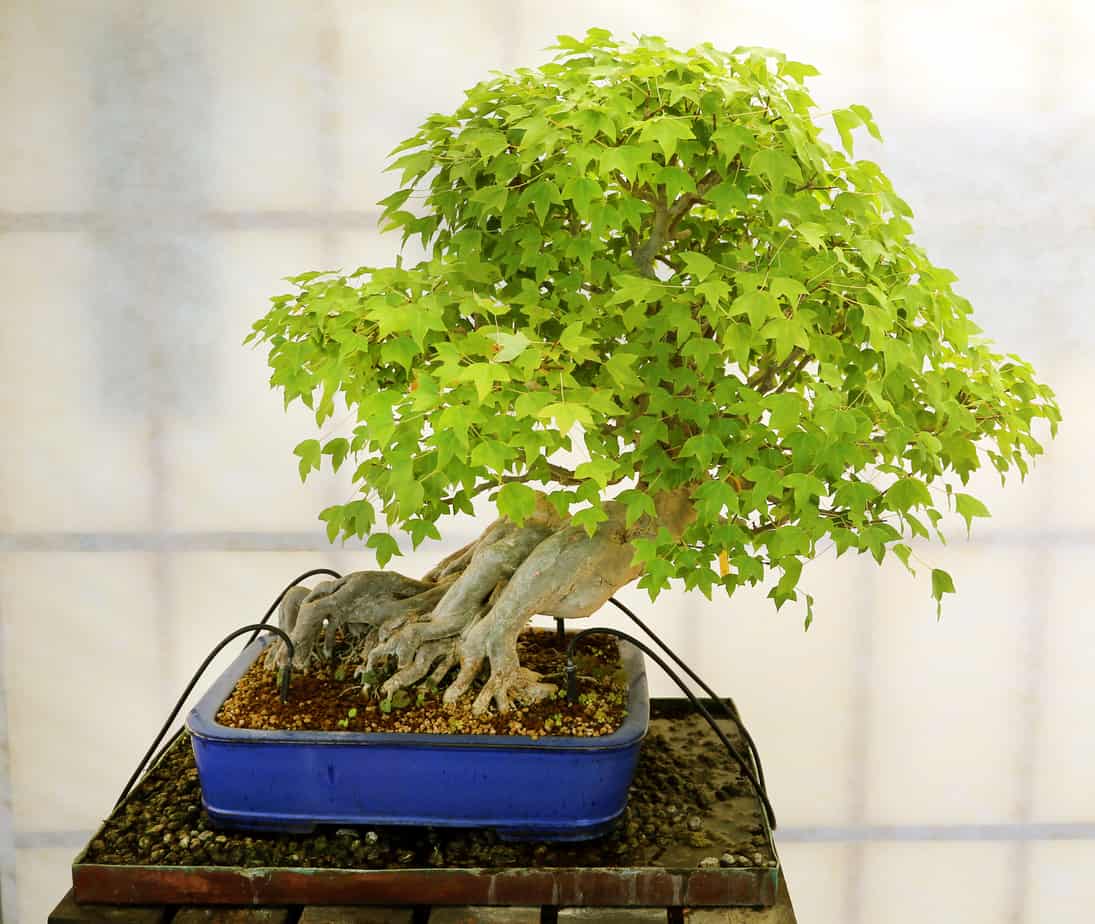
The Shakan style, also known as the “slanting” style, is a dynamic and visually striking style characterized by a distinct slanted or inclined trunk. This style imparts a sense of movement and vigor to the tree. Various trees can be styled as Shakan bonsai, but some with naturally flexible trunks are often preferred. Species like pines, junipers, maples, and elms can work well in this style.
How to Create a Shakan:
Start with a young plant with a trunk with inherent potential for slanting. Look for one root system that is strong with a flexible trunk.
Prune away unwanted limbs and growth, leaving those contributing to the slanting appearance. Use wiring to shape the trunk and limbs to achieve the desired slanting angle.
Please pay attention to the balance of stems and their orientation about the slanting trunk. The stems should create a sense of harmony and complement the overall design.
Regularly trim and shape the limb to maintain the slanting form while ensuring the tree’s overall health and balance.
The Benefits of Owning Miniature Bonsai Trees
The skill of Bonsai serves different styles and purposes for people around the globe. The Japanese art of growing trees in shallow containers looks cute and has given birth to a new plant industry. Gone are the days of creating miniature landscapes as the shallow container has taken over the craft.
While growing Bonsai takes loads of patience, it has some fantastic advantages, as seen here.
1. Purify the Air

Outdoor plants have long provided the earth with oxygen to consume carbon dioxide through photosynthesis. There are many bonsai plants known to reduce air pollutants in the home. So, choose from the wide selection of Bonsai plants to keep your home’s indoor air quality clean.
2. Bonsai Plants Lowers Your Stress

As humans, when we interact with plants, it makes the mind relax. When you perform the craft of Bonsai, it lowers your blood pressure and helps relieve psychological stress. Also, giving your bonsai trees TLC makes them grow well.
3. Dwarf Trees is Good for Your Well-being
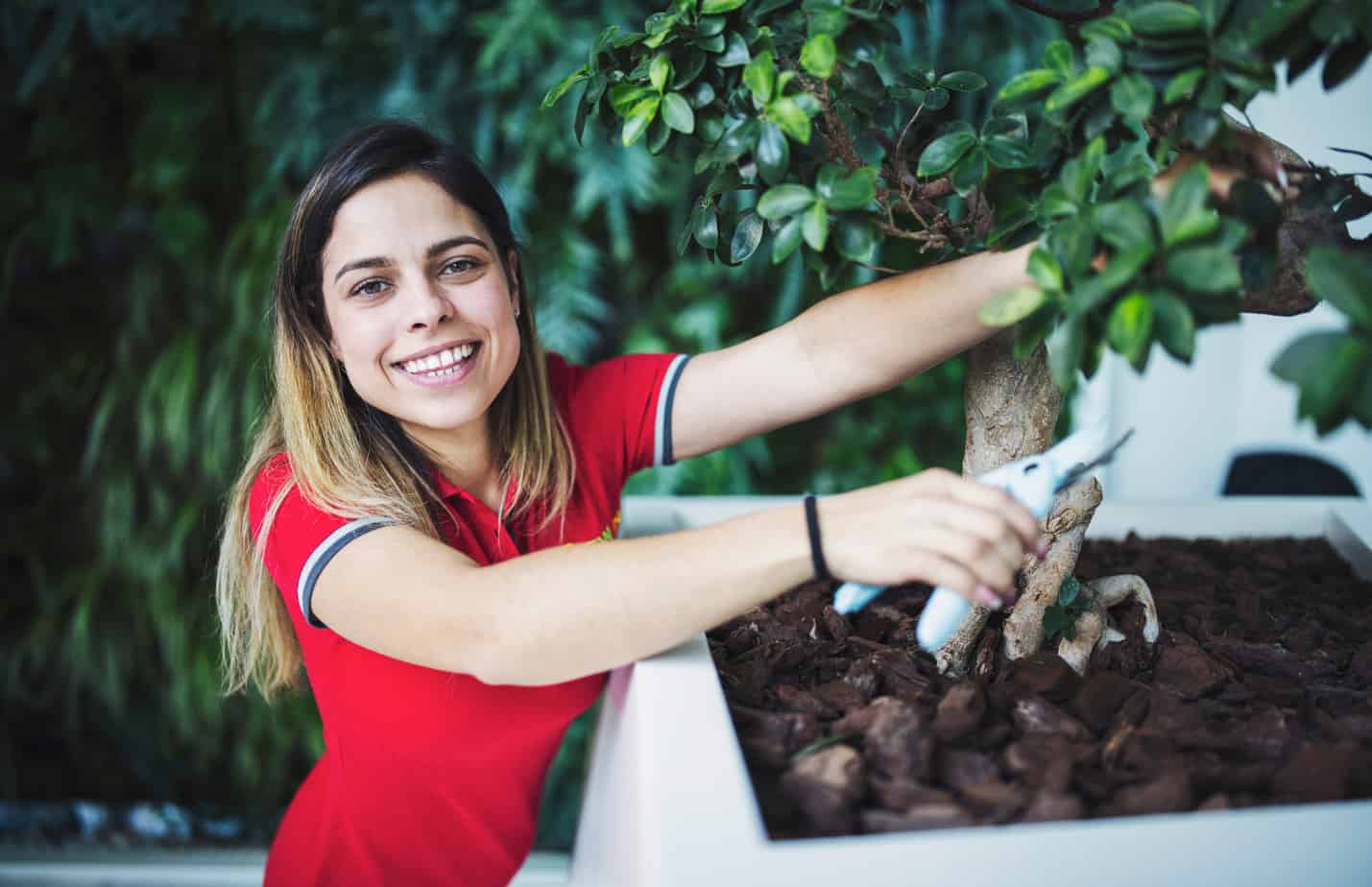
When you stay close to nature, it helps your well-being and happiness even with one single tree. Yet, you may not notice anything when you start with your miniature tree growing in bonsai pots and providing suitable soil.
But slowly yet steadily, as your small tree grows and becomes more connected with it, your life feels better. So, bring a Japanese bonsai tree into your home, as it will make a tremendous difference in your life.
4. Most Bonsai Trees Maintain Humidity
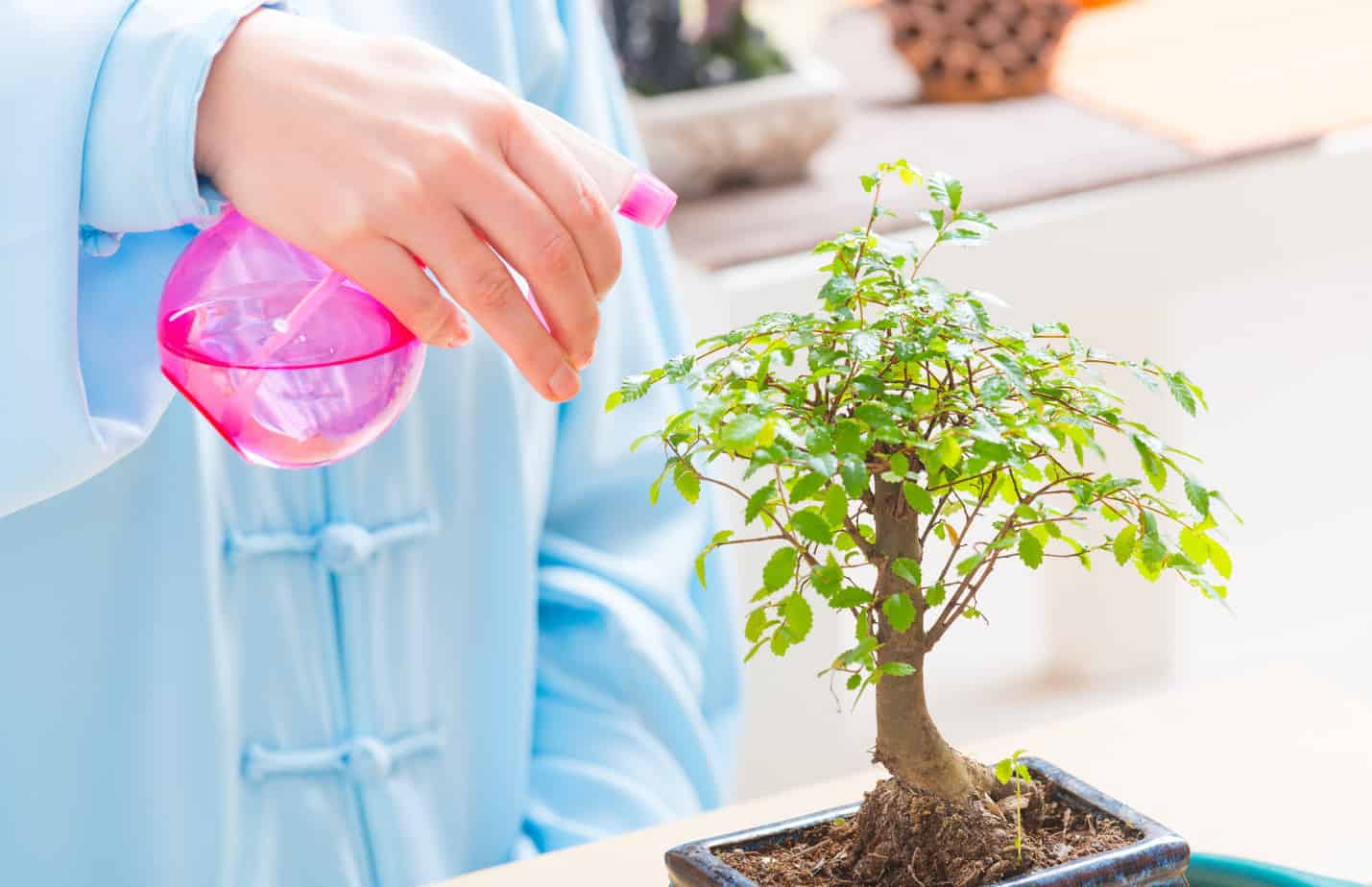
All plants are the lifeline of Mother Earth, and having humidity is one of them. A bonsai tree helps increase the moisture indoors, providing you with loads of benefits. Furthermore, having miniature trees indoors helps to reduce coughs, sore throats, and dry skin.
5. Bonsai Art Teaches You Patience

Whether you invest in a grown bonsai tree or grow a miniature tee yourself, it teaches you to be patient. The bonsai takes years to grow, and it takes a lot of effort from your side to keep it that way. With a bonsai plant, you remain focused while still being patient.
6. Bonsai Boost Creativity
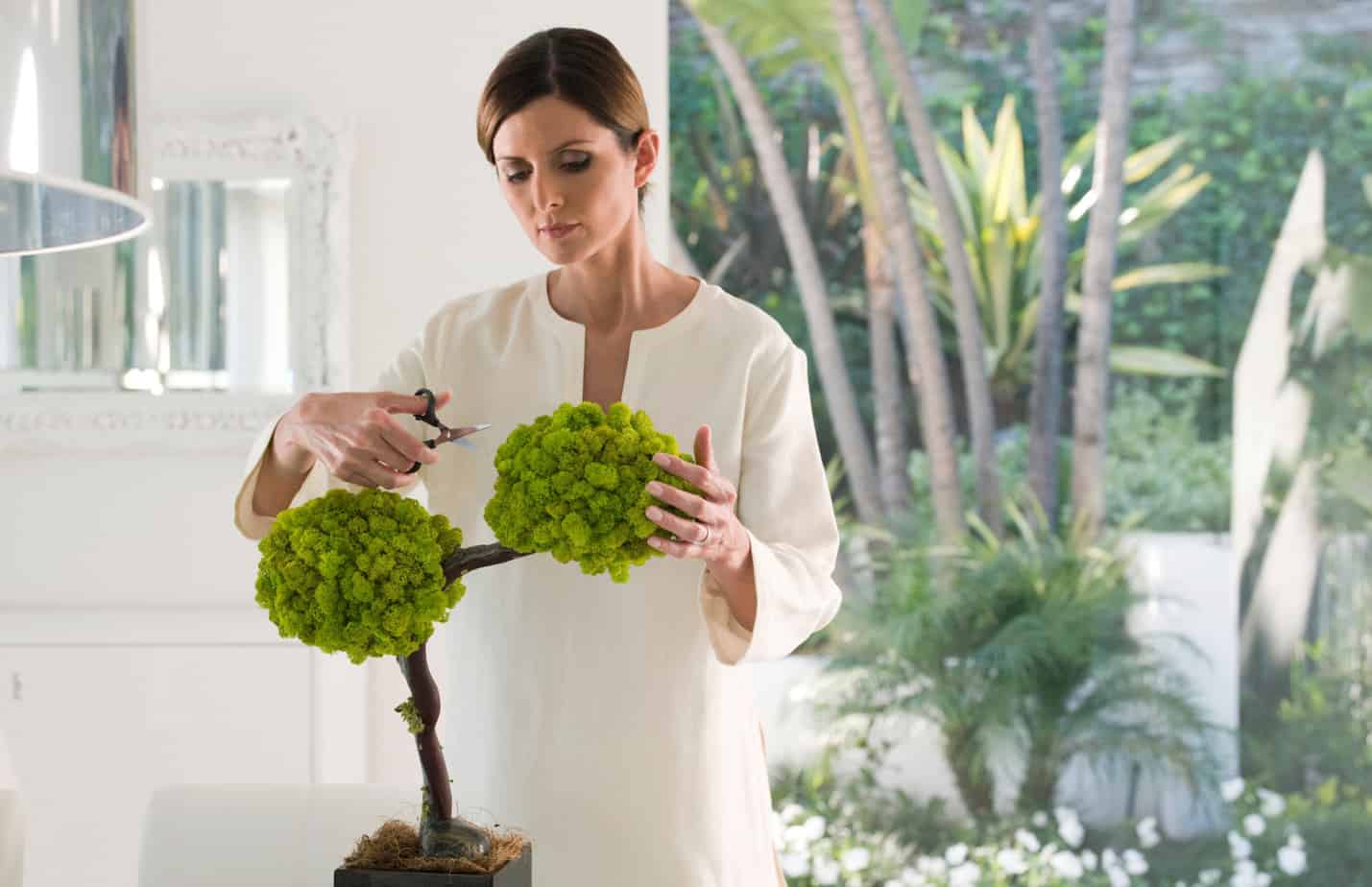
Looking at trees, plants, and flowers is nature’s creativity, looking like miniature figurines. Hence, when you remain close to them, it boosts your creative side. Bonsai trees spark and enhance your imaginative side, leading to many spiritual benefits. As you learn new bonsai techniques, it will stimulate your imagination to become more creative.
7. You Develop Self Awareness

Plants react to what is happening around them outside. When you have contact or interact with your miniature plants, it works like meditation to become self-awarded. You learn how things can affect your inside and how to control your emotions and actions.
8. Bonsai Makes You Feel Self Confident
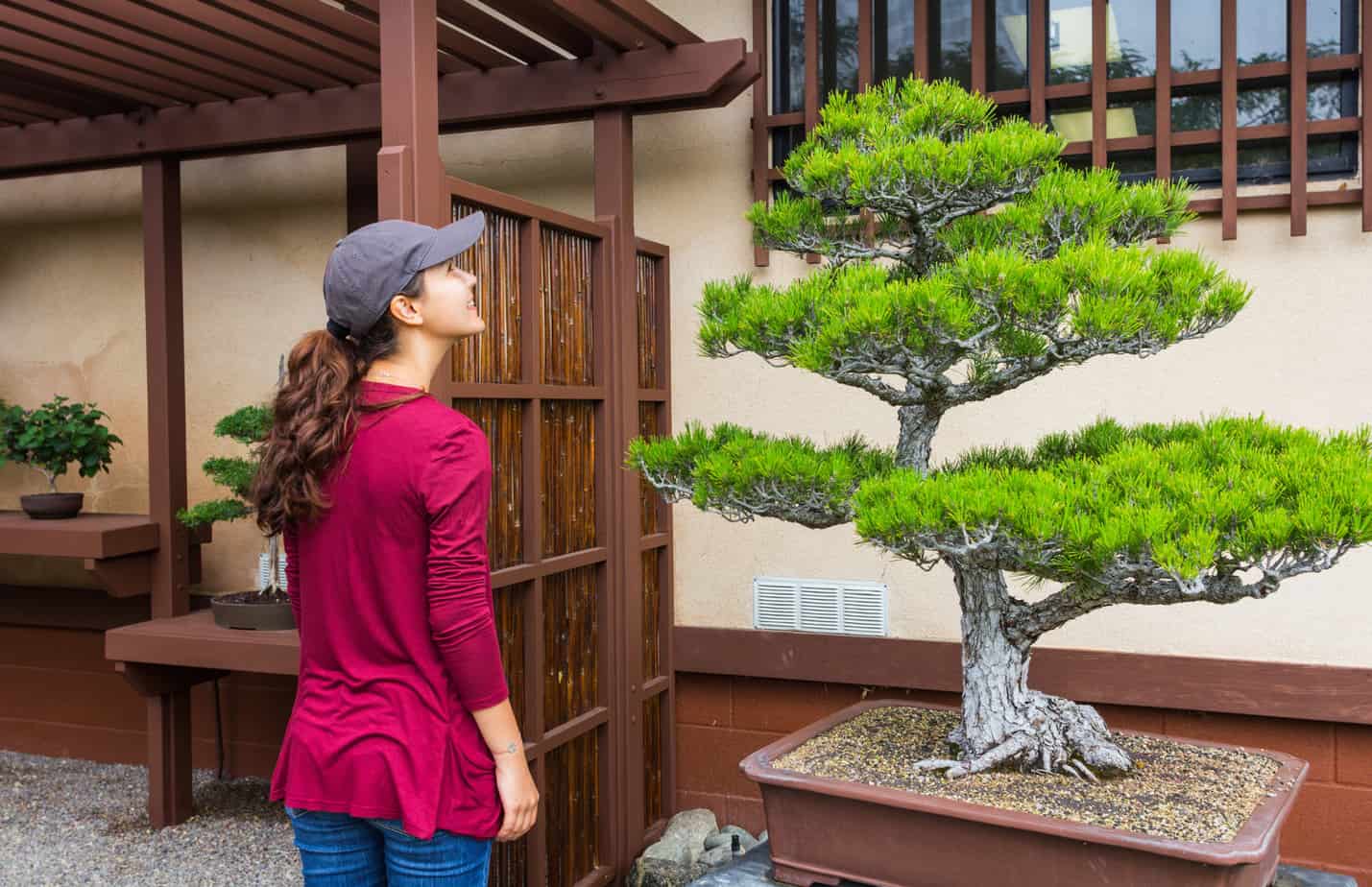
When you provide your tree with a bonsai pot and soil in your home, the leading purpose is to care for it. You learn new bonsai techniques and need to make decisions to keep it alive. Hence, you develop a problem-solving attitude.
All of these add to your personality and help to nurture your self-confidence in all parts of your life. All made possible with a little tree.
9. You Learn the Power of Consistency
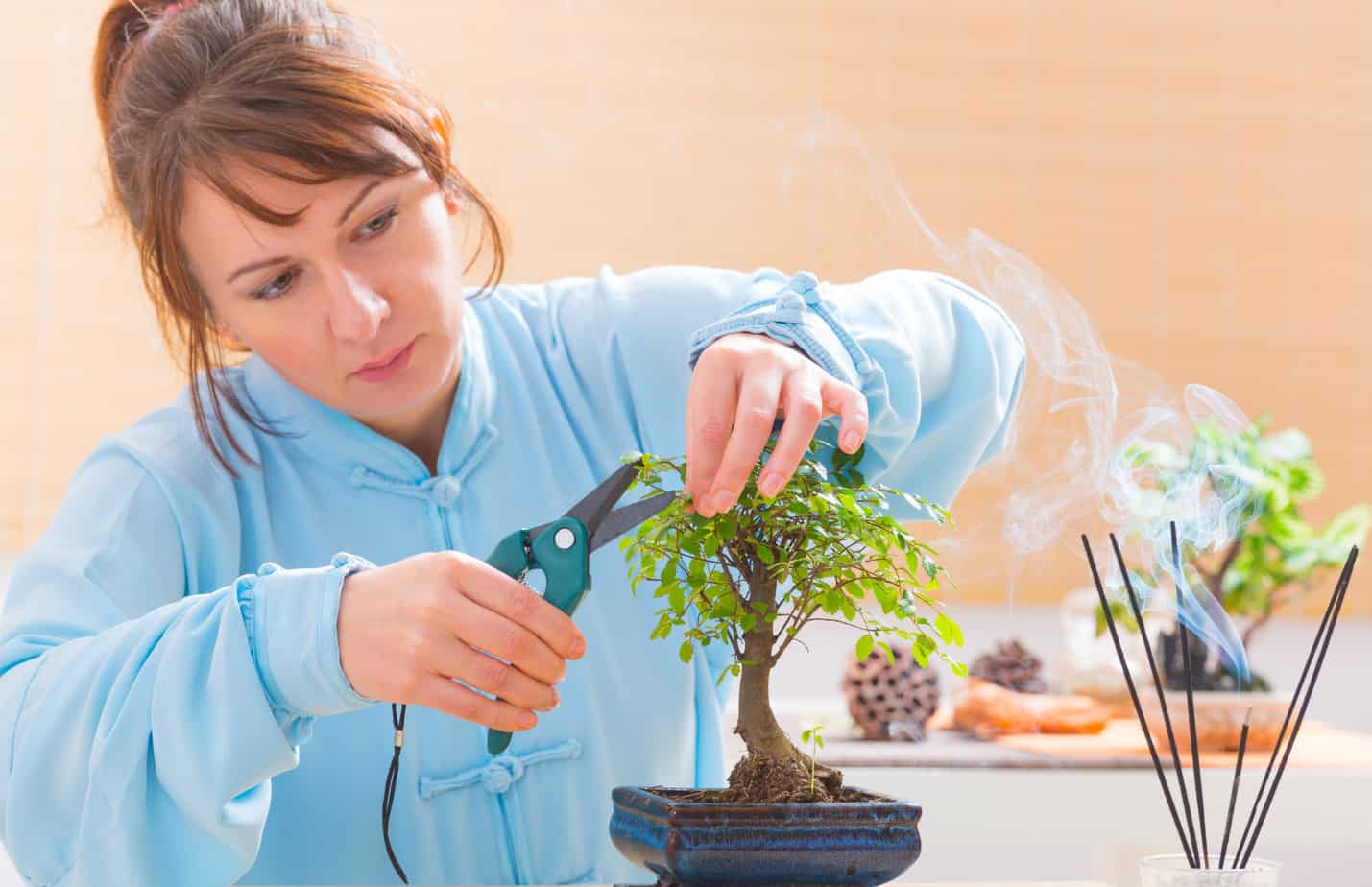
The biggest benefit of having a miniature landscape in the home is it teaches consistency. You need to care for those small leaves the root system, bend branches, and provide your tree with all the TLC to keep it alive. Thus, you learn continuously to be consistent with what you do.
You work according to a schedule for the rest of your life.
10. Bonsai Beautifies The Home

Lastly, caring for a bonsai tree can bring a full-grown tree species into your home to uplift the house subtly. You can find different bonsai plants that will appeal to your home decor. So, you can pick a miniature tree that suits your living space to start the art of bonsai today.
Frequently Asked Questions
The exact first bonsai plant ever made is difficult to determine, as the art of Bonsai has a long and complex history dating back over a thousand years.
Yet, one of the earliest recorded instances of bonsai-like cultivation can be traced back to ancient China during the Tang Dynasty (618-907 AD). These early Chinese Bonsai, known as “penjing,” involved growing miniature landscapes and trees in containers.
It’s important to note that the early forms of penjing and Bonsai were more focused on creating artistic landscapes with small trees than the strict bonsai tree styles we see today.
Bonsai is a Japanese art form that involves growing and cultivating miniature trees in shallow containers, representing a full-sized tree on a small scale. You only need one pot with a planted tree and bonsai soil to form trees in one direction or more.
Bonsai trees are miniaturized through pruning, root pruning, wiring, and selective branch growth. These methods help control the tree’s size and shape.
Creating a bonsai plant can take several years to decades, depending on the tree, starting material, and the desired level of maturity and refinement.
Yes, bonsai plants require specialized care, including regular watering, fertilization, pruning, and repotting. They also need protection from extreme weather conditions.
You can learn more about Bonsai through books, online resources, local clubs, and workshops. Joining a bonsai community can be a great way to gain knowledge and expertise.
Whether you want to buy, sell, or simply reach out to other plant enthusiasts, Plantly is the right place to be!
-
Free Shipping$27.50Sold By: Painted Petals and More
In stock
Monstera Dubia–Juvenile
Rated 4.78 out of 5 based on 64 customer ratings01Sold By: Painted Petals and More -
$6.00Sold By: Smoot's Farm
In stock
Succulent Gasteraloe Flow 2″ Pot Live Plant
Rated 4.89 out of 5 based on 27 customer ratings00Sold By: Smoot's Farm -
Free Shipping$37.95 – $42.95Sold By: A&K Plants
In stock
Philodendron Fuzzy Petiole – Rare Philodendron with Fuzzy Stems | 4-inch pot
Only 2 available and it’s in 1 people’s basketRated 4.95 out of 5 based on 66 customer ratings00Sold By: A&K Plants -
Free Shipping$26.95 – $31.95Sold By: A&K Plants
In stock
Hoya Australis – Exquisite Wax Plant with Stunning Leaves | 4-inch pot
Rated 4.95 out of 5 based on 66 customer ratings00Sold By: A&K Plants
